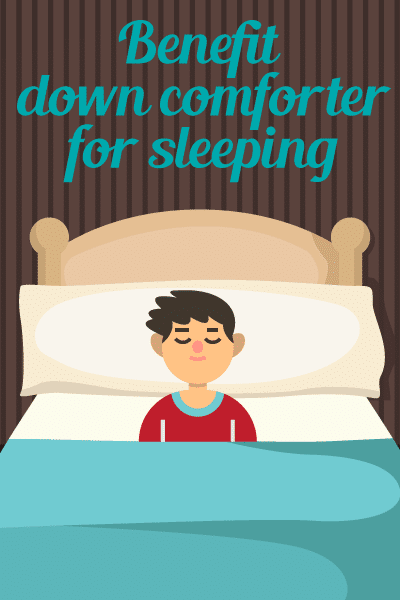For years I slept on my front, face down on my pillow. I thought it was fine for a long time but then I read about the benefits of sleeping on my back. After some training, I was able to make sleeping on my back my default position. I have never been happier, and my sleep has never been better.
Sleeping on your back has some definite benefits. It can help prevent neck and back pain, as well as minimize wrinkles. And for women, sleeping on your back can also help keep your breasts perky, according to CNN. When you sleep on your back, your head, back, and spine are in more of a natural position. Chiropractors agree that this is good for the spine as well as for fighting acid reflux.
If you have suffered from a sore back or acid reflux like I have, you may welcome the relief that sleeping on your back will provide.
Credit: blog.parachutehome.com
How to train yourself to sleep on your back:
Step 1: Make sure your bed is solid
If your bed is too worn, or concave from years of sleep, sleeping on your back may be difficult or uncomfortable. It is easier to switch over to sleeping on your back if your bed is somewhat firm and not sunken in. If you have a nice firm bed, you are good to go, but you may need a bed topper to even it out if you have had your bed for some time.
Step 2: Support your neck
Use a firm-ish pillow to keep your head in place. Supporting your neck is likely the most important area of your body to concentrate on. Make sure that your pillow is giving your head plenty of support and that it can keep you in line and in position. The rest of the body will want to move once the head starts to turn, so keeping it in place is important. I use a buckwheat pillow, as it can form to the shape of my head, but is great at holding it in place.
Step 3: Use your pillows for holding position
Extra pillows can help you maintain a desired position. By using pillows around you on your sides and under your arms, you can prevent yourself from rolling or turning in your sleep. They will work as barriers, holding you in place. One pillow under each of the arms is the most effective spot to put your extra pillows. They will give you balance and keep you on track.
You can even place some extra pillows under your knees to keep your body in proper alignment. With your legs slightly elevated you will back in-line. I often find that the pillow I place under my legs is kicked out by the time I wake up, but I continue to put it there every night. I figure that at some point asleep-me will get with the program.
Credit: Urbanoutfitters
Step 4: Keep Trying
You may find yourself sliding into your old positions every now again. Your body is used to things in a very specific way, and it will take time to adjust to the new normal. You just have to roll back onto your back whenever you find that you have eased into one of your other sleeping positions.
Just keep at it and it will start to sink in. It took me weeks before my first full night sleeping on my back. You have to be willing to try and try again until you succeed. Don’t expect immediate results; these things take time.
When I first started, I was feeling discomfort and kept thinking that just turning or rolling to the side would alleviate it. I am not ashamed to say that there were even some nights that I even gave in and turned. The discomfort did eventually go away that night, but I was determined to make it work. I tried and tried again.
Lying on my back started to feel more and more natural the longer I made myself stay there. Eventually, it started to take hold, and I would fall asleep faster. Once you get through the struggle and experience the benefits, it will be worth the few nights of discomfort that you will endure.
Step 5: Avoid heavy nighttime meals
A heavy late night meal is not what you want if you are going to try sleeping face up. I know that I like to have a snack after the sun has gone down from time to time, and have even been known to put off dinner until late in the evening. These are habits that I have had to learn to curb.
The worst things you can eat at night are fatty acids. This means those late night slices of pizza and bowls of red sauce pasta are out of the question. I know that this may be a difficult habit to kick, but it is well worth it.
I try to eat at least two hours before bedtime so that my meals have adequate time to settle before I lay in bed. You may be able to get away with eating an hour before bedtime depending on how you digest, but I like to play it better safe than sorry.
Good night!
It may take time to train yourself to sleep on your back with regularity. But if it is something that I could do, I believe that it is something you can do as well! Make sure to keep these steps in mind. Have a solid bed, support your neck, use pillows to hold your position, be persistent, and watch what you eat. It can get frustrating when you are not successful right away, but don’t give up! Keep trying and you will be sleeping on your back in no time.
If you liked this, let us know. Please contact us with any comments or questions you may have. I look forward to hearing from you.
















Leave a Reply